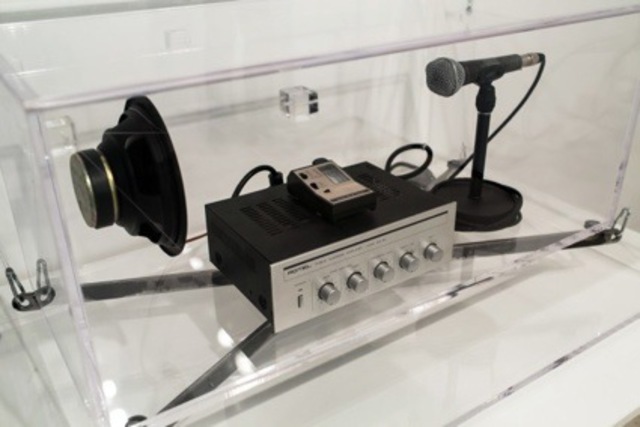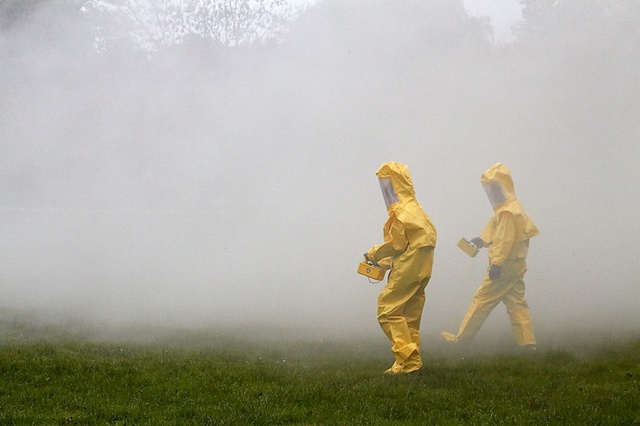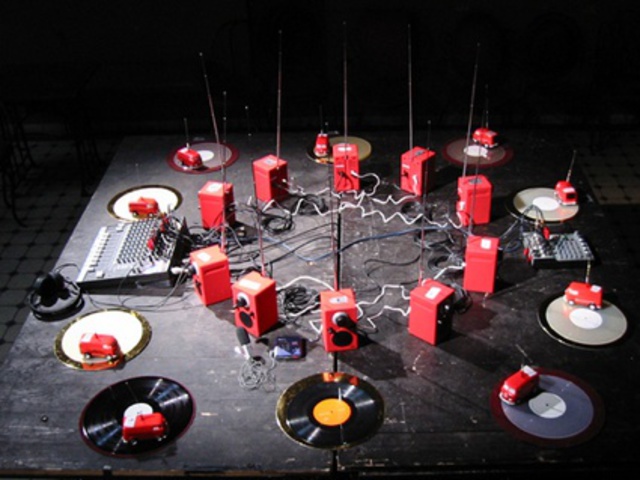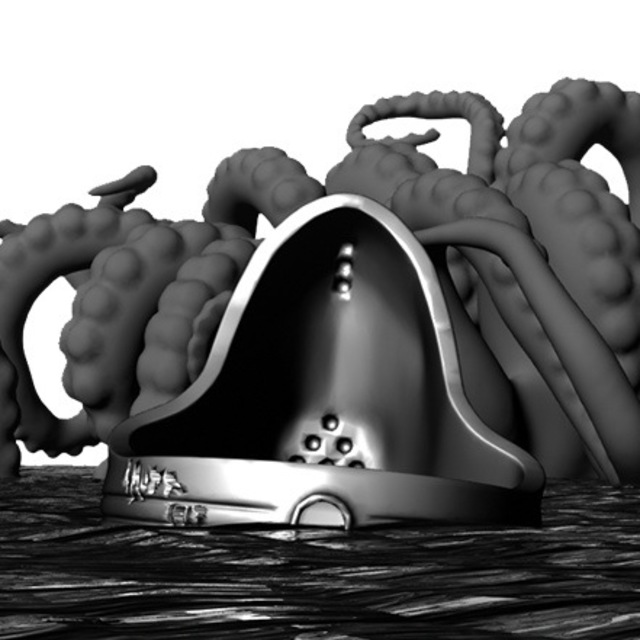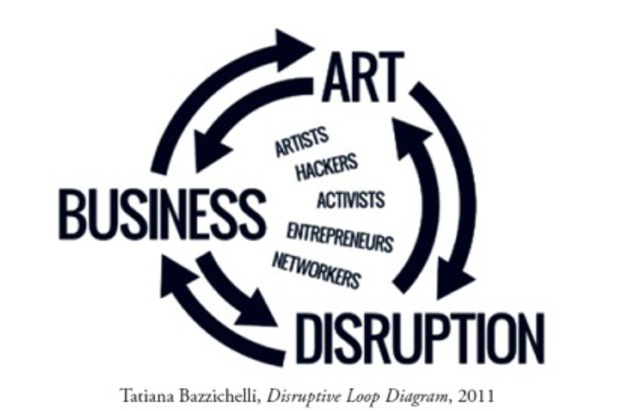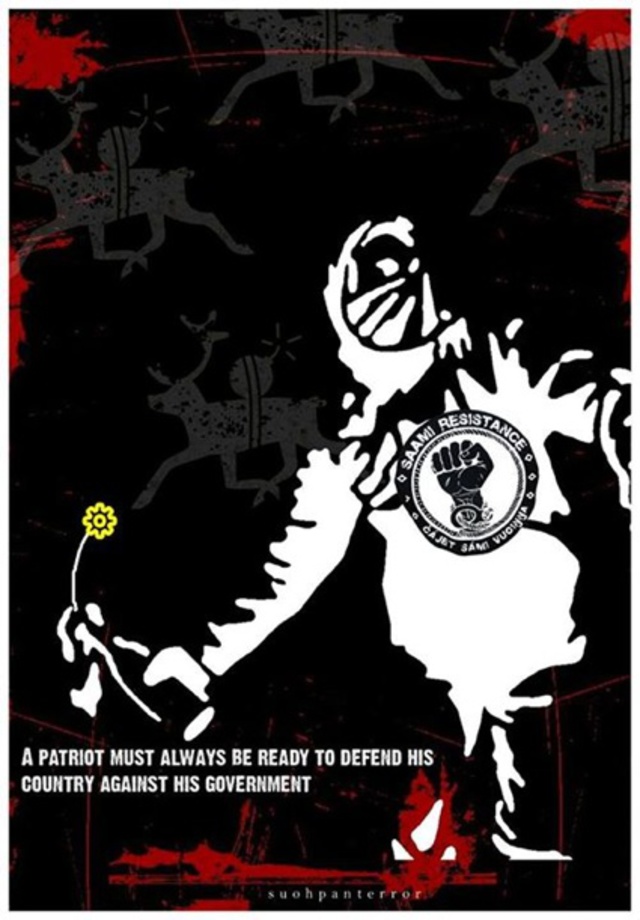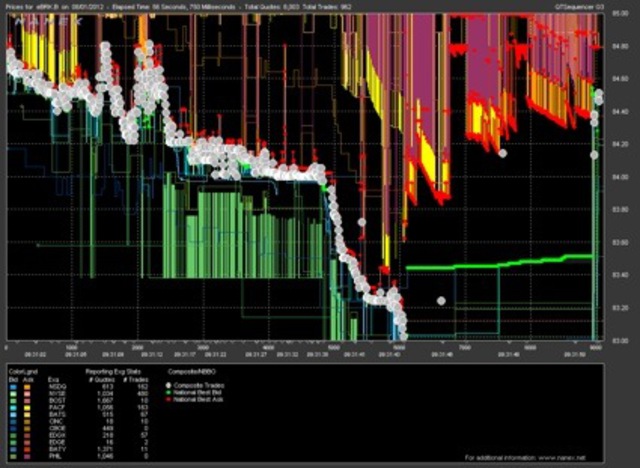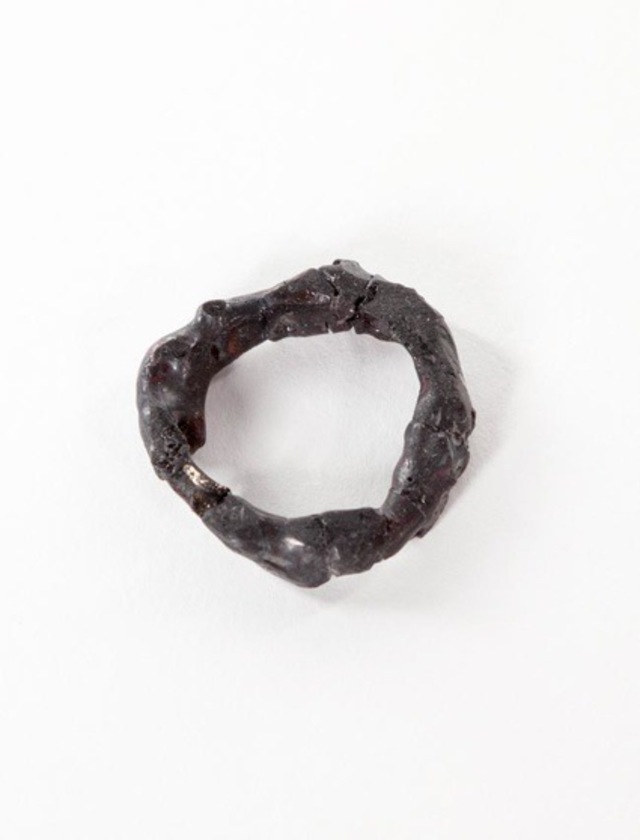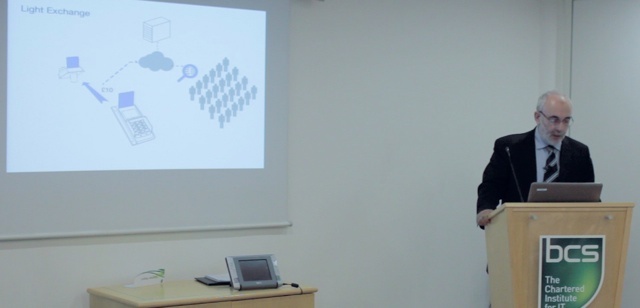PIGS, structures of surveillance, metabolic landscape, a quiet USA, etc. My favourite photo books of the moment
I’m drowning in really good books this year. Half of them are photography books. And because i’m short on time and these publications deserve a review, i’m going to take the lazy road: a sweeping and speedy overview of 5 of my favourite photo books of the moment. In one post. continue
The sound of empty space
The sound of empty space explores relationships between microphones, speakers, and surrounding acoustic environments through controlled, self-generating microphone feedback. By building flawed technological systems and nullifying their intended potential for communication, the ear is turned towards the empty space between components; to the unique configurations of each amplifying assemblage continue
DIYsect. A series about the DIY Biology & Biology-Art intersection
The goal of this small and smart web series is to discuss the way biotechnology is changing our society: What are its political, social, and even philosophical implications? What happens when manipulating life becomes as simple as writing a line of code? And more importantly, what does this mean for average citizens and their future? continue
Staalplaat Soundsystem and the book that’s also a paper turntable and a music instrument
A quick post to let you know about the really REALLY nice book i received the other day. I can’t stop playing with it. The publication celebrates Staalplaat Soundsystem’s brilliant work continue
The 3D Additivist Manifesto + Cookbook
An invitation to artists, researchers, activists and critical engineers to submit ideas, thoughts, and designs for the future of 3D printing. The submissions should reflect on the current state of additive manufacturing, find the potential encoded into the most challenging 3D printed objects and push 3D printing to its most speculative and radical limits. Once collected, these submissions will form The 3D Additivist Cokbook continue
Networked Disruption. An interview with Tatiana Bazzichelli
The book and exhibition ‘Networked Disruption’ highlights the mutual interferences between business, art and disruption. Because it brings together the heterogeneous practices of hackers, artists, networkers, whistleblowers, activists and entrepreneurs, the concept is dense in reflections, provocations and references to contemporary society continue
Book review: Tactical Urbanism. Short-term Action for Long-term Change
Short-term, community-based projects–from pop-up parks to open streets initiatives–have become a powerful and adaptable new tool of urban activists, planners, and policy-makers seeking to drive lasting improvements in their cities and beyond. These quick, often low-cost, and creative projects are the essence of the Tactical Urbanism movement continue
Suohpanterror. Propaganda posters from Sápmi
Suohpanterror is an anonymous group of Sami artists who use wit, iconic images and humour as weapons to comment on the issues their people have to face on a daily basis: discrimination, racism, marginalisation, colonialism, dam building, logging, military bombing ranges, as well as exploitation by the tourism and energy industries. And of course, climate change continue
Flash crashes. Glitches in the trading system
Members of RYBN were participating to refrag, a series of workshops, talks and performances that explored Glitch Art. Their presentation looked at what happens when HFT algorithms slip, glitch and disrupt the trading system. They analyzed four famous ‘flash crashes.’ Their study was based on a rigorous analysis of documents available online continue
Interview with Cecilia Jonsson, the artist who extracts iron from invasive weeds
The artist harvested 24kg of an invasive weed from a highighly polluted area in Spain, extracted the iron ore from the plants and used it to make an iron ring. The innovative experiment brought together the biological, the industrial, the technological and even craft to create a piece of jewellery that weights 2 grams. The project also suggests a way to reverse the contamination process while at the same time mining iron ore from the damaged environment continue
Facta – Gambiologia magazine #3. Hacker poetics
Facta is an experimental publication orchestrated by Fred Paulino and the Gambiologia group. The first issue of Facta addressed the ‘science of Apocalypse’, the next one looked at people who accumulate, collect and re-purpose. This issue is all about the hacker culture, poetics and ethics in all their guises and deeds continue
World of Warfare, a day at the arms dealers fair
In February 2011, Julian Röder traveled to Abu Dhabi for the International Defense Exhibition and Conference. 50,000 military officers and arms dealers attended the fair. Some represent dictators. Others are mortal enemies: India, meet Pakistan. But here they meet and mingle, shopping for missile systems, assault rifles, and attack helicopters continue
Radioactive Ming vases echo our toxic dependency on electronics
Each object is made from the amount of toxic waste created in the production of three items of technology – a smartphone, a featherweight laptop and the cell of a smart car battery. Besides, the vases are sized in relation to the amount of waste created in the production of each item continue
Ebola, Molotov Cocktails and decaying discotheques. The Sony World Photography awards
This is the eight edition of the competition and, as usual, the Italians made a killing and take a large portion of the awards, there is a fair deal of suffering, at least one of the awards goes to an image featuring Palestinians living under occupation and facing discrimination (this year however, the photos are joyful), and it is always strange to look at the photos and realize that the main events of the year before have almost already been erased from consciences continue
The Grey Zone. On the (il)legitimacy of targeted killing by drones
The practice of targeted killing by drones raises many questions: “How many civilians have been killed as collateral damage during these strikes?” “And even if we’re talking about militants, how can the killings be justified when there has been judicial supervision? “If these drones can reach their targets anywhere, then how is the battlefield defined?” “Right now, only 3 countries use drones for targeted killings: the U.S., Israel and the UK. Where will this stop?” “And if these targeted killings are
Crime Pays
‘Crime Pays’ project is a fictional monetary system set within an alternative present. The project is designed to disrupt the current technological direction of our cashless payment systems by proposing a different system, which demonstrates both the need for accountability and anonymity within our finances continue

